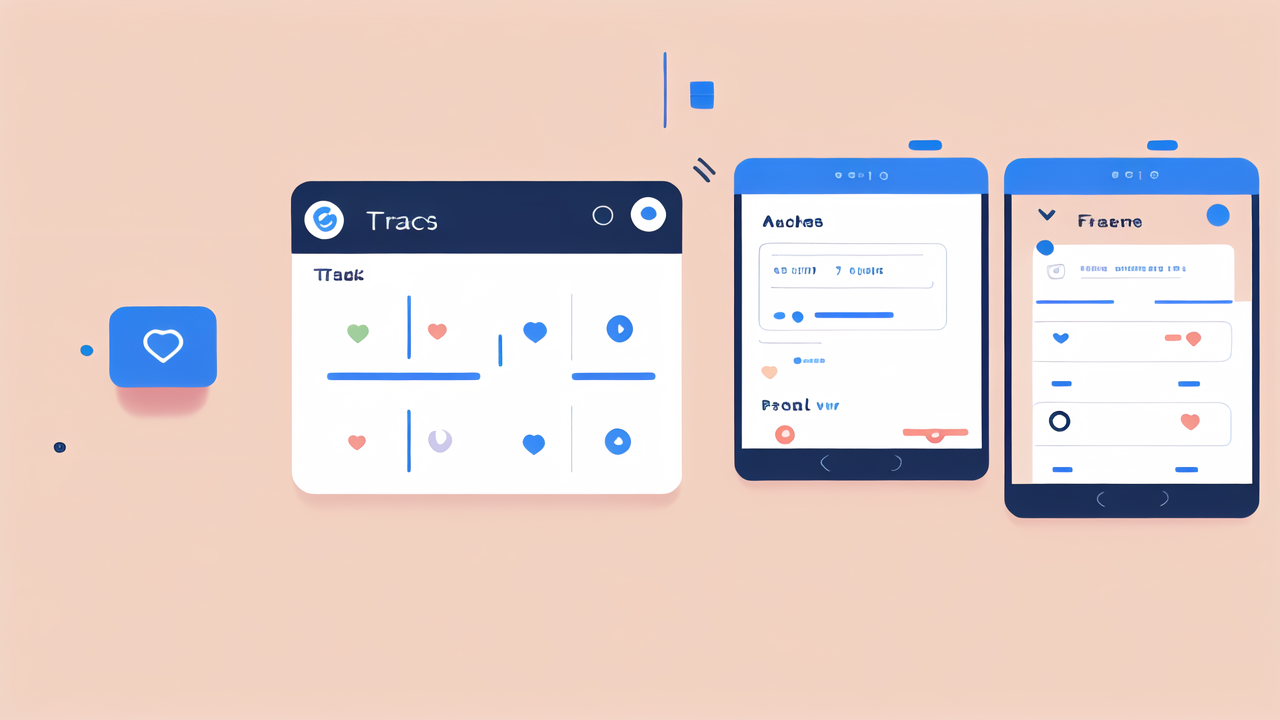The Rise of Body Measurement Tracking in Apparel
The technology driving body measurement solutions
Body measurement technology has made huge strides in recent years. It uses sensors and smart fabrics to track body changes. These tools can measure things like size, shape, and weight. Some even track heart rate and body temperature.

The tech often uses tiny sensors woven into clothes. These sensors send data to apps on your phone. AI then analyzes this data to give you insights. Some systems use 3D scanning to create detailed body maps.
Advanced materials play a big role too. Smart fabrics can stretch and move with you. They're comfy but still gather accurate data. Some can even change color or texture based on body heat or movement.
Benefits to consumers and the fashion industry
Body measurement tech offers many perks for shoppers. It helps find clothes that fit perfectly. No more guessing your size or dealing with returns. You can track changes in your body over time. This is great for fitness goals or health monitoring.
For the fashion world, it's a game-changer. Brands can make clothes that fit better. They can offer more personalized products. This leads to happier customers and fewer returns. It also helps reduce waste in clothing production.
Retailers can use this data to improve inventory. They can stock sizes that match their customers' needs. Online shopping becomes easier too. Virtual try-ons are more accurate with real body data.
Key Players in the Wearable Clothing Market
Startups innovating body measurement trackers
Many new companies are shaking up this field. One standout is Zozo, a Japanese firm. They made a stretchy bodysuit covered in dots. It works with your phone to take precise measurements.

Another cool startup is 3DLOOK. They use AI and computer vision for body scanning. You just need two photos to get your measurements. No special clothing required.
Fit3D is making waves with its 3D body scanners. These can be used in stores or gyms. They give detailed body maps in just 40 seconds.
Startup Naked Labs created a smart mirror. It scans your body and tracks changes over time. It's like having a personal fitness tracker for your whole body.
Established brands adopting the technology
Big names in fashion and tech are jumping on board too. Under Armour has smart shoes that track running stats. They connect to your phone to give feedback on your form.
Levi's teamed up with Google for their Jacquard jacket. It has touch-sensitive fabric on the sleeve. You can control your phone with simple gestures.
Apple's Apple Watch is a leader in wearable tech. It tracks health stats and can even detect falls. While not clothing, it shows how mainstream body tracking has become.
Nike has been experimenting with smart fabrics. Their adapting shoes can tighten or loosen on their own. This tech could easily be applied to other clothing items.
Ethical and Privacy Considerations in Body Measurement Tracking
Protecting consumer data in the United States
As body measurement tech grows, so do privacy concerns. In the US, there's no single law covering all data privacy. Instead, there's a mix of federal and state laws.

The FTC Act protects against unfair data practices. Companies must be clear about how they use your info. They need your okay to share it with others. Some states, like California, have stricter rules.
Experts say we need stronger laws for this new tech. They worry about data breaches and misuse. There are calls for a federal privacy law. This would set clear rules for all states.
Companies are taking steps too. Many use encryption to protect your data. Some let you delete your info at any time. But critics say more needs to be done.
The future of body measurement trackers in the apparel industry
The future of body tracking in fashion looks bright. We'll likely see more seamless integration. Clothes that track data without bulky add-ons will become common.
Personalization will reach new levels. Clothes might adjust fit based on your body's needs. They could change color or pattern to suit your mood or the weather.
Health monitoring will expand. Clothes might track more than just size. They could warn of skin issues or muscle strain. This could be huge for athletes and health care.
But with great tech comes great responsibility. Privacy will be a key issue. Brands will need to be super clear about data use. Giving users control over their info will be crucial.
As the tech improves, so will the benefits. Better fit could mean less waste in fashion. Health insights could lead to better overall wellness. The key will be balancing innovation with privacy and ethics.




Leave a comment
This site is protected by hCaptcha and the hCaptcha Privacy Policy and Terms of Service apply.